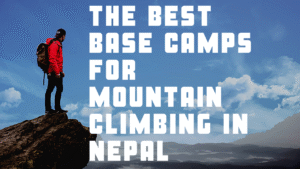Australia is a dream destination for road trip lovers and photographers alike. From breathtaking coastlines to rugged outback landscapes, the diverse scenery offers endless photo opportunities. Whether you’re an amateur photographer or a seasoned pro, capturing Australia’s beauty through your lens is an adventure you won’t forget.
Table of Contents
Essential Photography Gear for Road Trips
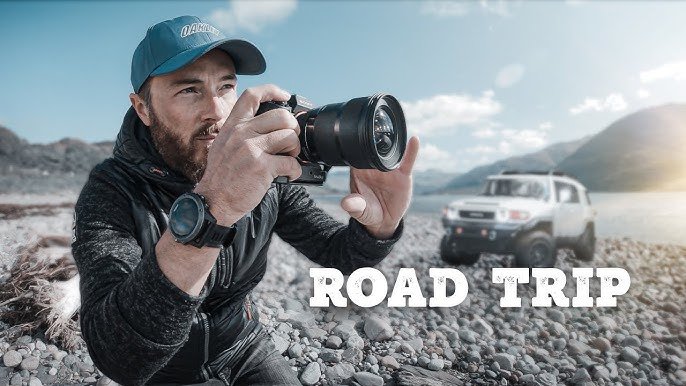
Before hitting the road, ensure you have the right photography equipment:
- Camera Choices: A DSLR or mirrorless camera is ideal for high-quality images, but modern smartphones can also capture stunning shots.
- Lenses: A wide-angle lens is perfect for landscapes, while a telephoto lens helps with wildlife shots.
- Accessories: A sturdy tripod, ND filters for long exposures, and extra memory cards will enhance your photography experience.
Best Road Trip Routes for Photography in Australia
1. The Great Ocean Road

One of Australia’s most famous road trips, offering dramatic coastal views, towering cliffs, and the iconic Twelve Apostles.
2. The Red Centre Way
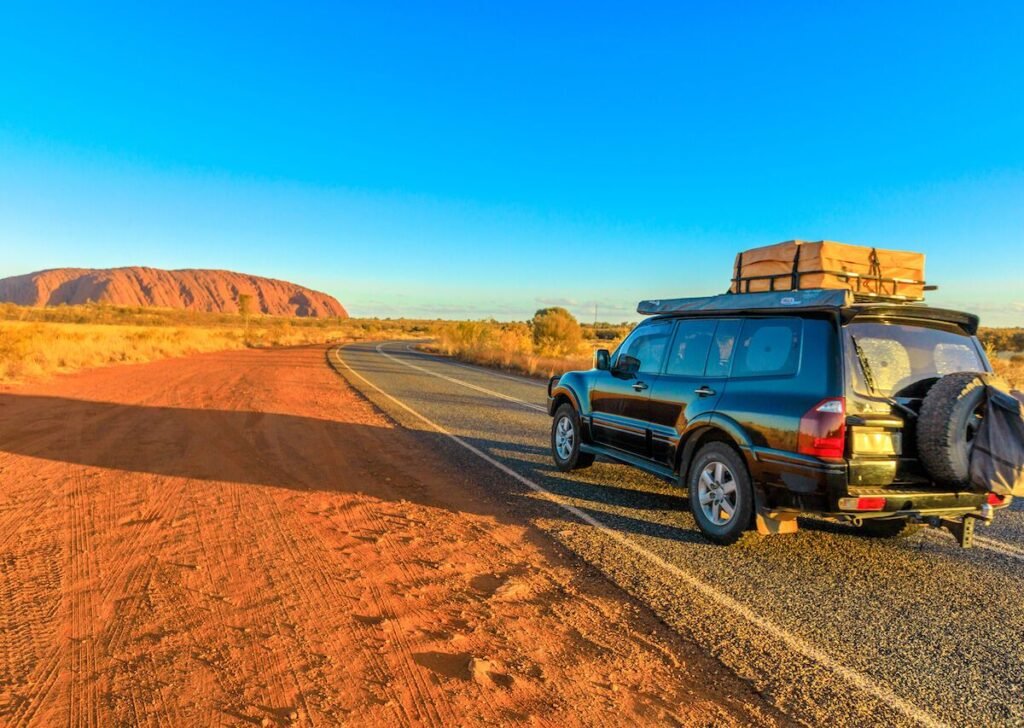
A journey through the heart of Australia, featuring Uluru, Kings Canyon, and stunning desert landscapes.
3. The Great Barrier Reef Drive

A tropical paradise where lush rainforests meet the coral coast, providing spectacular aerial and underwater photography opportunities.
4. The Tasmanian Loop

A mix of rugged coastlines, pristine forests, and abundant wildlife make this island state a photographer’s dream.
5. The Nullarbor Plain

A vast and isolated stretch of road, perfect for capturing the raw, untouched beauty of Australia.
Golden Hour and Blue Hour Photography

Lighting plays a crucial role in photography:
- Golden Hour: The warm glow of sunrise and sunset creates breathtaking landscapes.
- Blue Hour: The short period before sunrise and after sunset gives a cool, moody effect to photos.
Composition Techniques for Stunning Road Trip Photos

- Rule of Thirds: Position key elements off-center for a balanced composition.
- Leading Lines: Roads, rivers, and paths can draw the viewer’s eye into the image.
- Framing: Use trees, arches, or rock formations to frame your subject naturally.
Capturing Australia’s Wildlife on a Road Trip

- Best Spots: Kangaroo Island, Cradle Mountain, and Kakadu National Park.
- Safety Tips: Always keep a safe distance, use a telephoto lens, and avoid using flash on nocturnal animals.
Astrophotography on Australian Road Trips
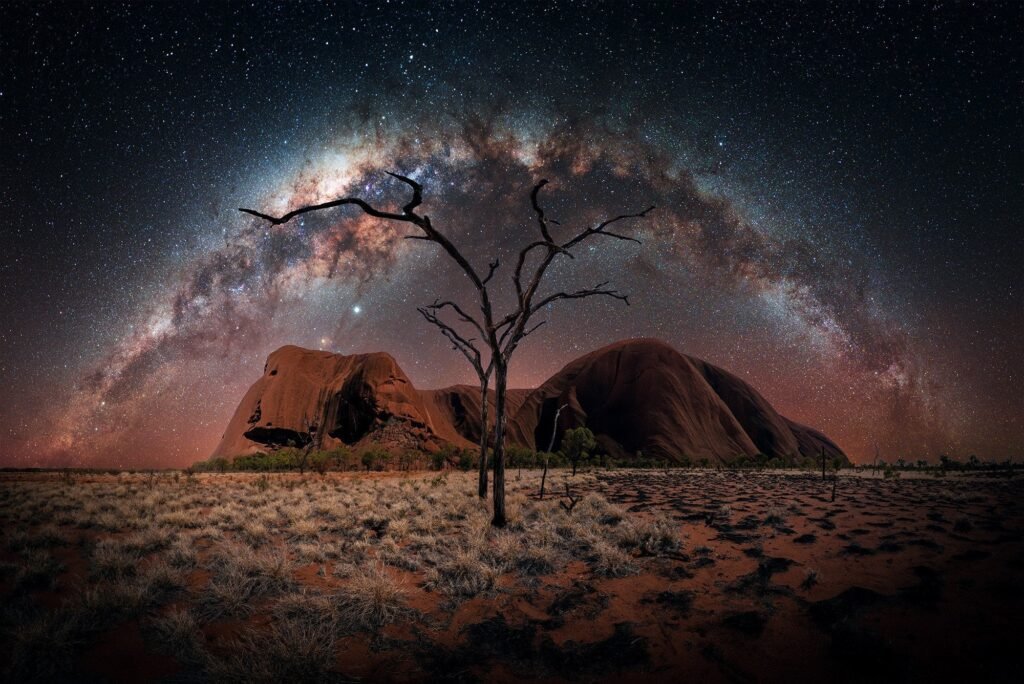
The remote areas of Australia offer excellent stargazing opportunities:
- Best Locations: Uluru, The Pinnacles, and the Outback.
- Camera Settings: Use a low ISO, long exposure, and manual focus for clear starry skies.
Editing and Enhancing Your Travel Photos

- Best Apps: Adobe Lightroom, Snapseed, and VSCO.
- Basic Adjustments: Tweak brightness, contrast, and color balance to enhance your images.
Sharing Your Road Trip Photography
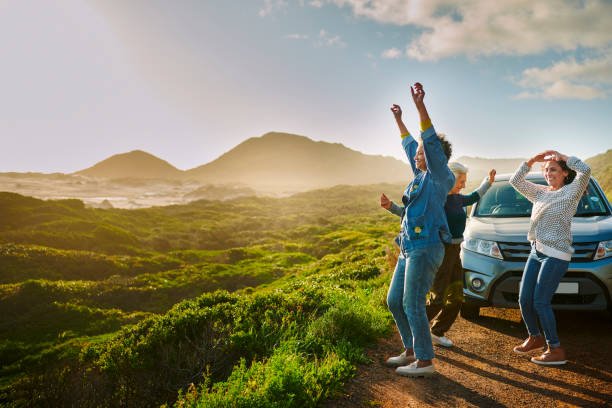
- Social Media: Instagram, Pinterest, and travel blogs are great for showcasing your work.
- Hashtags: Use #AustraliaRoadTrip, #TravelPhotography, and #ExploreAustralia to reach a wider audience.
Conclusion
An Australian road trip is a once-in-a-lifetime experience, and with the right photography techniques, you can capture its magic forever. Whether it’s the iconic Great Ocean Road, the mystical Outback, or the pristine beaches of Queensland, every turn offers a new photo opportunity. Pack your camera, hit the road, and let your creativity shine!



